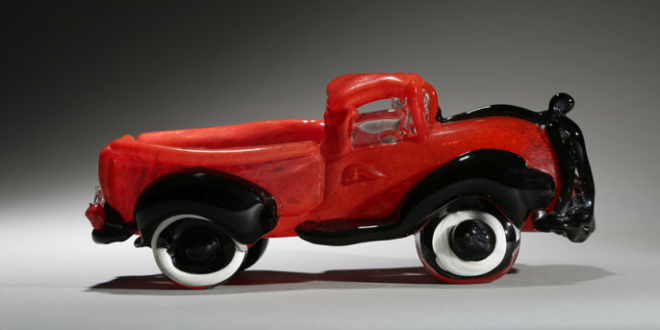Fritz Dreisbach, dubbed the “Johnny Appleseed of Glass” for inspiring hundreds of accomplished artists, will be on campus as a visiting artist in late January, teaching and conducting workshops for JU students and local glass enthusiasts in the University’s Glass Studio, one of the largest such facilities in the Southeast.
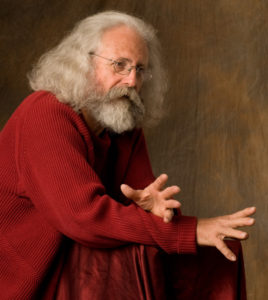
An elite member of America’s glass royalty, Dreisbach founded the international Glass Art Society, has work exhibited in hundreds of collections and museums worldwide, and is a glass historian who has taught in most major glass programs in North America, Asia and Europe over a four-decade career.
“Fritz is one of my glass art heroes, and I am excited for our community to engage with him on a personal level. I am honored to add such a notable artist to JU’s already stellar Visiting Artist in Glass series,” said Brian Frus, Assistant Professor of Art and Head of Glass in the College of Fine Arts. “Fritz is a perfect fit into this program – it’s all about learning from the masters, exploring art and connecting students and community with diverse and interesting professionals drawn to glass.”
Dreisbach will discuss and demonstrate overlays, graal (a method in which glass is blown twice for sculpting), use of colored cane glass, and trick sculpting during his stay from Monday, Jan. 30, through Wednesday, Feb. 1. He’ll then head with JU students to Georgia Southwestern University for a few days, for more glassblowing workshops and presentations.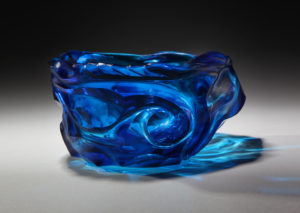
A significant presence on the Seattle glass scene, Dreisbach, 75, lives on Whidbey Island, while working in his glass studio in Freeland, Wash. He specializes in wheel-carved and cameo-cut glasses, playful goblets, trick glasses, toy vehicles and “Mongos” — large, fluid glass vases.
“I love the arrested viscous flow of cooling glass, as I strive for a balance between control and spontaneity,” Dreisbach says on his website at www.fritzdreisbach.com. “Viscous movement is exactly what I want all of my work to demonstrate.”
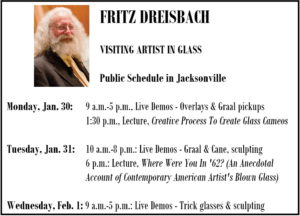 He has been an artist-in-residence at numerous schools, including Neusole Glassworks, Tacoma Glass Museum, Pratt Fine Arts in Seattle and Pilchuck Glass School, the latter of which presented its 2015 Brychtová/Libenský Award to him, “acknowledging his extraordinary talent and high achievement in the world of contemporary glass.”
He has been an artist-in-residence at numerous schools, including Neusole Glassworks, Tacoma Glass Museum, Pratt Fine Arts in Seattle and Pilchuck Glass School, the latter of which presented its 2015 Brychtová/Libenský Award to him, “acknowledging his extraordinary talent and high achievement in the world of contemporary glass.”
In 2002, the Glass Art Society presented Dreisbach its highest honor, the Lifetime Achievement Award, for his “unique and significant contributions to the world of glass.” Earlier, he was awarded The Corning Glass Museum’s Rakow Commission and was elected a Fellow of the American Crafts Council.
Dreisbach was born in Cleveland, and earned a Bachelor of Arts from Hiram College, a Master of Arts in Teaching from Oberlin College, a Master of Art from the University of Iowa, and a Master of Fine Arts from the University of Wisconsin.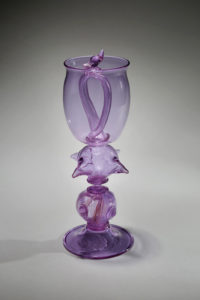
In the United States, Dreisbach’s work is included in the public collections of the American Craft Museum, New York City; Cincinnati Museum of Art, Cincinnati, Ohio; Cooper-Hewitt Museum, New York City; Corning Museum of Glass, Corning, New York; High Museum of Art Atlanta, Georgia; Mint Museum of Art, Charlotte, N.C., and the National Collection of American Art, Renwick Gallery, Smithsonian Institution, Washington, D.C. Overseas his work can be found in the Glasmuseet Ebeltoft, Ebeltoft, Denmark, Glasmuseum Frauenau, Frauenau, Germany; Museum Boijmans Van Beuningen, Rotterdam, Netherlands and the Birmingham Museum of Art, Birmingham, England.
Events are open to the public in the JU Art Annex’s Glass Studio, but space is limited – email Brian Frus at BFrus@JU.edu for information and to be listed as a guest.
 Wave Magazine Online Jacksonville University News Hub
Wave Magazine Online Jacksonville University News Hub
